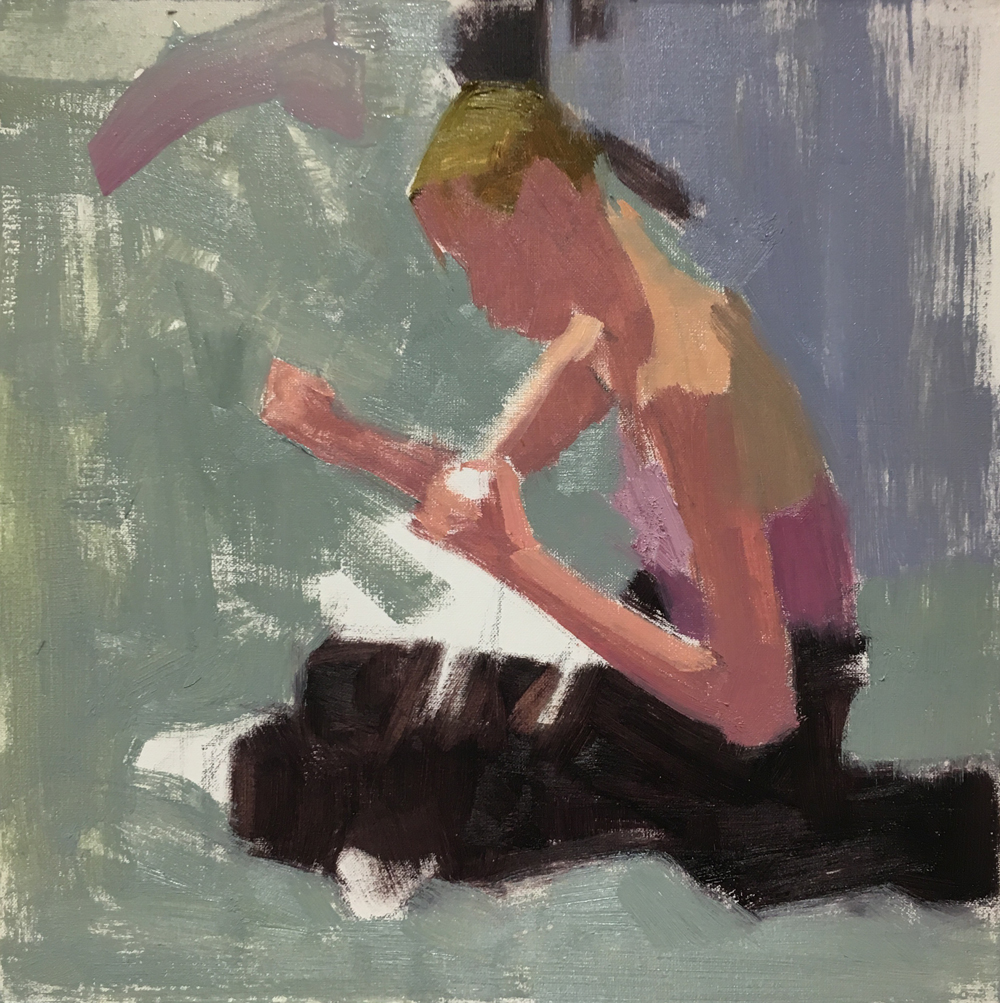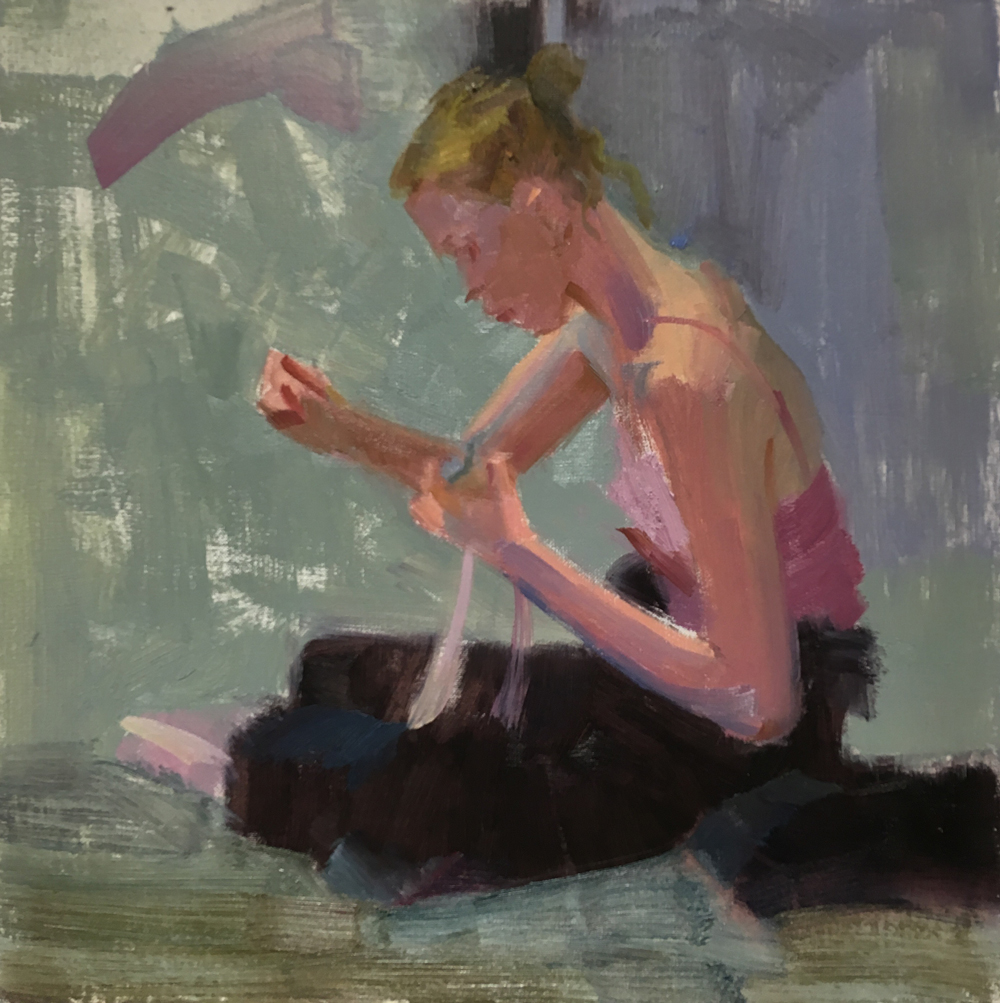This is a continuation of the first blog on this subject “Moving Toward the Story”.

It’s time to reevaluate what’s happening here, this is done by asking questions.
What do I like so far;
- The subtle play of red showing through the grey
- The big interesting shapes in the truck
What I don’t like so far;
- The area of her face and hat in shadow are looking too harsh now
- Still not sure about the blue behind her head
- Areas still need more developing, but which areas?
O.K., so those were design related things, now…..how about the story? I want the young woman to have some mystery about her. What is her situation, who is she? I want to keep her upper face in total shadow so that you can add her expression. Since there won’t be information in the upper part of her face I need to explain who she is by other things; such as her stance, her clothing, even the texture of her hair.
To set the scene to fit my narrative, the truck needs to be older and in the country. At this point I’m really liking the black and grey against the background so am not going to add the subtle colors that were intended at the beginning. This is where “listening to the painting” is so important, sometimes we can steam roll right over something that is better than we originally planned.

When color is no longer a concern, value does the heavy lifting. Just because I have all the values to work with between black and white, doesn’t mean I should use them all, in fact I want to use as few as possible. Adding more detail to a painting is really a matter of breaking the big shapes into littler ones with more values. The more an image gets broken down the weaker it becomes. The big interesting shapes become what I call “mushy”.
I also want to orchestrate the values, not following the reference image exactly, but using it only for the information I want.
Where do I want the most emphasis? In the girls face and outstretched arm, so that will be the only area that goes to total black.
What role does the truck play? Supporting cast. Really hold back on the values here. How few can I use to explain just enough, three.
And that blue passage behind her head that I wasn’t sure of at the beginning….I really like it now, adds to the Americana feel, in fact the title of the painting is “Pure Americana”.









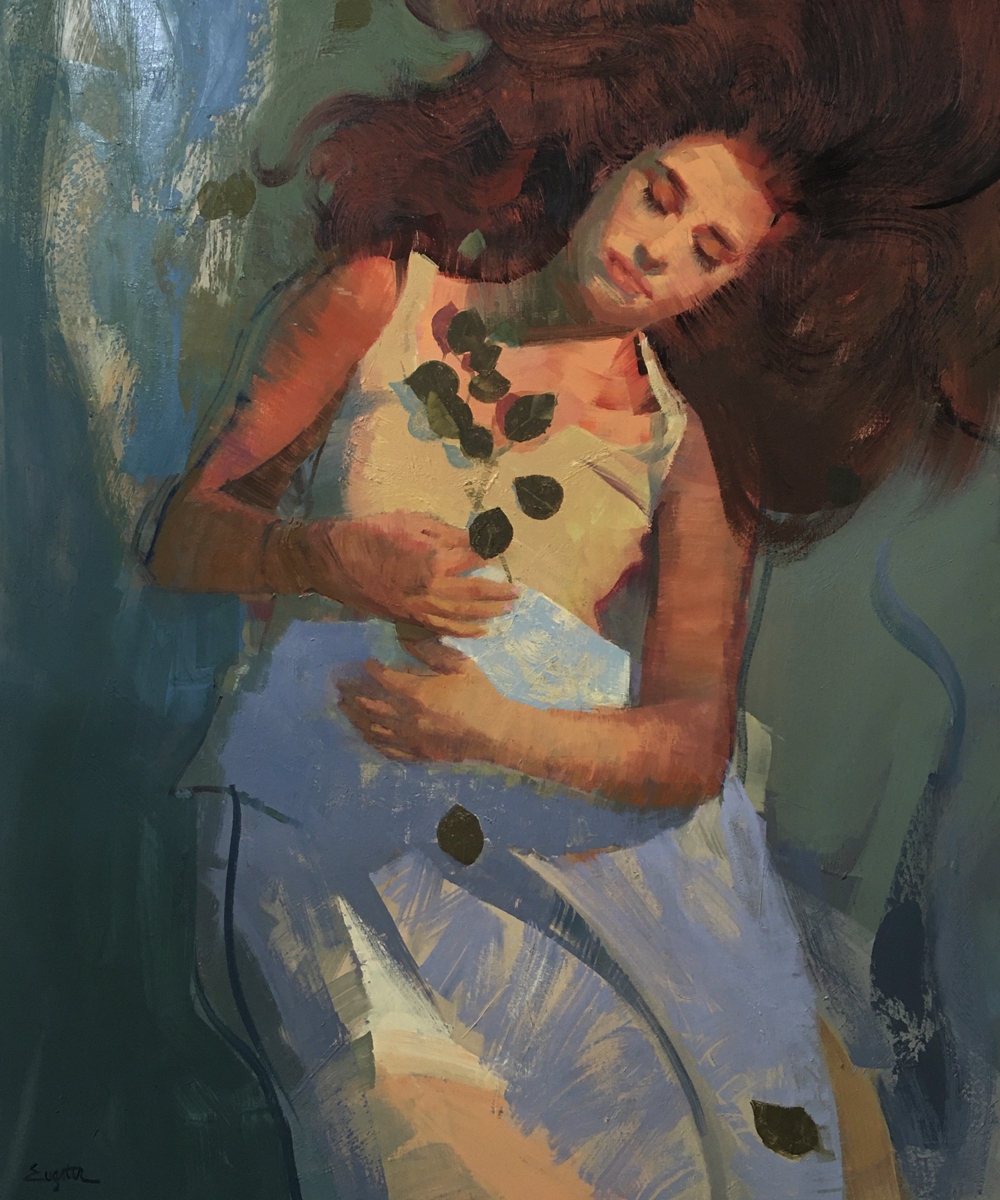





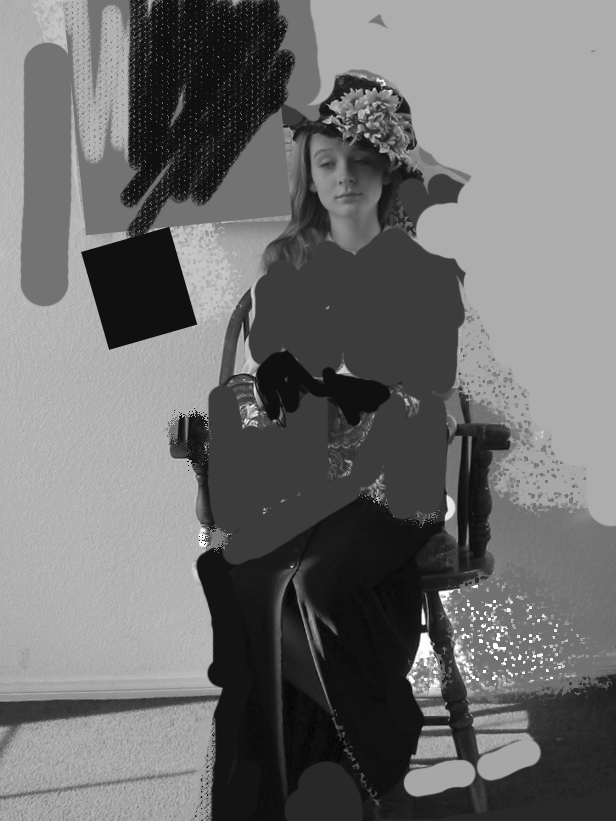
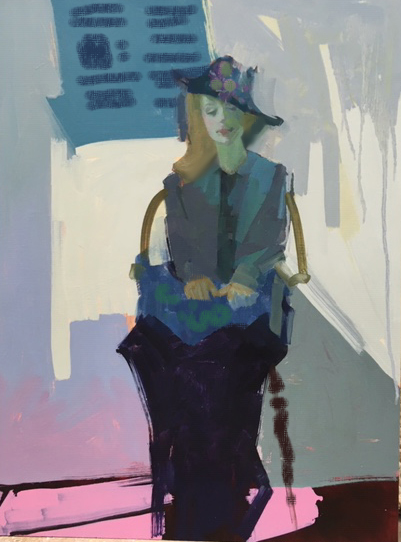
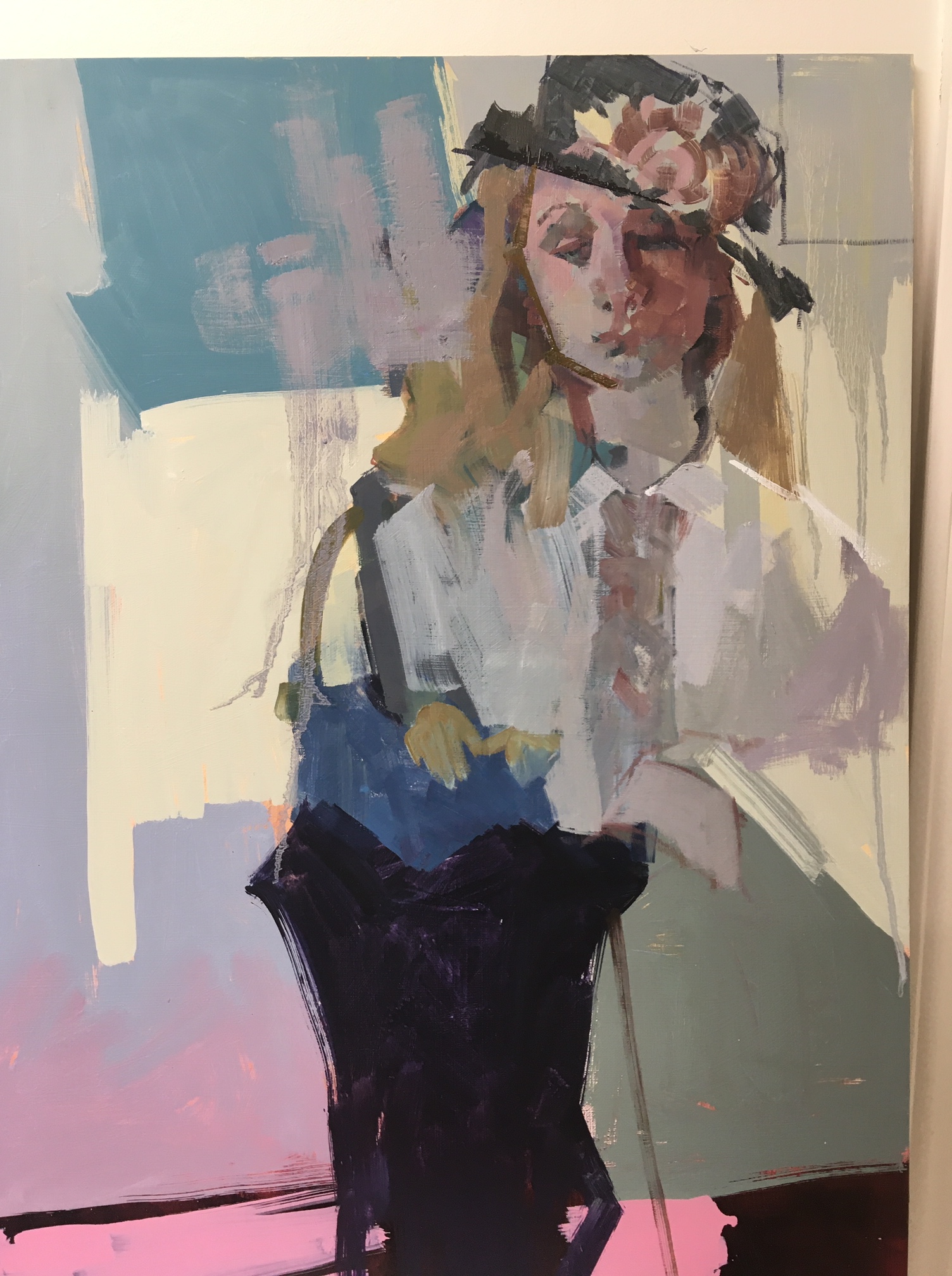
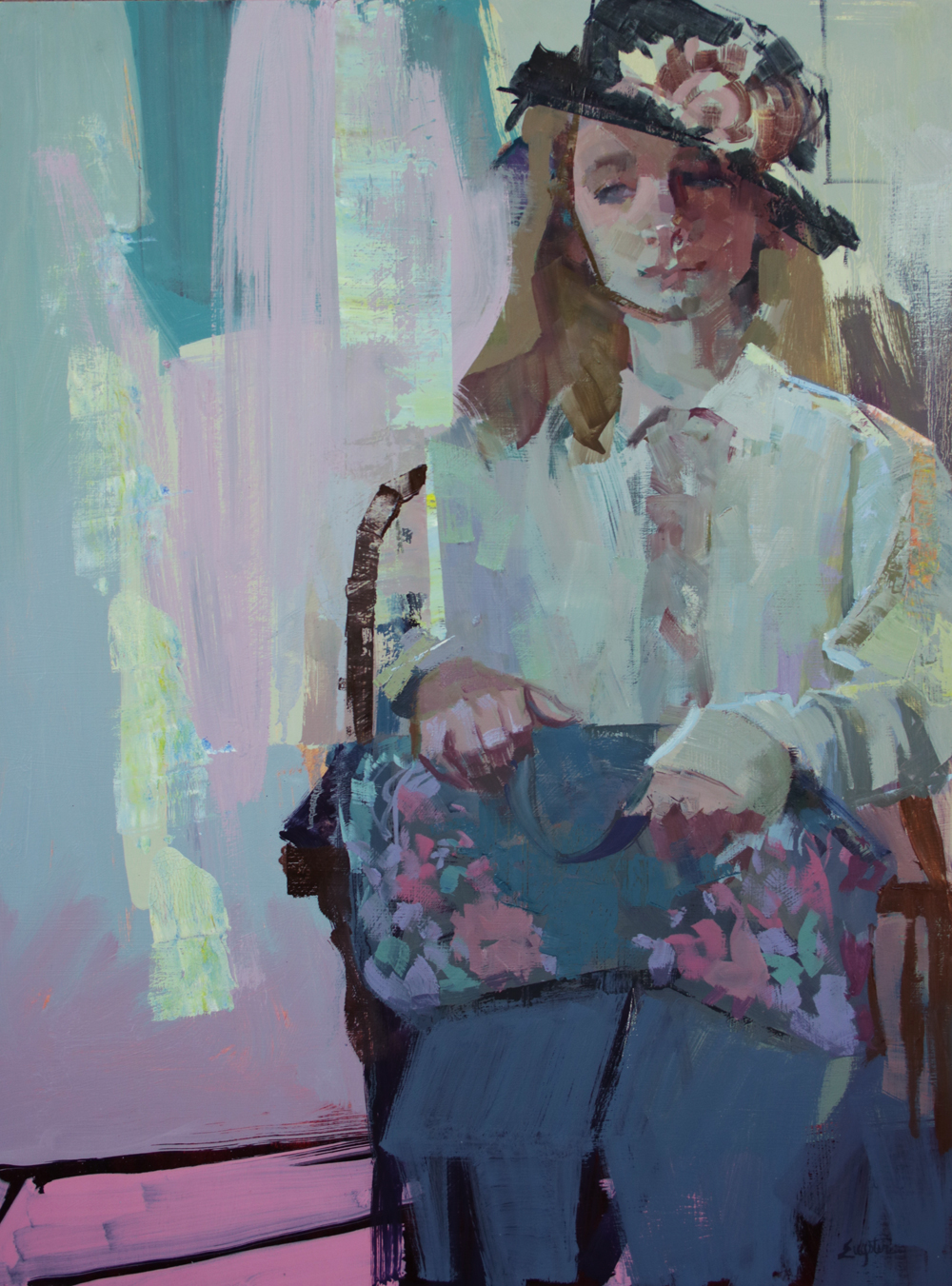

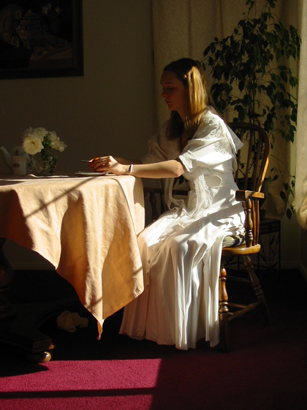



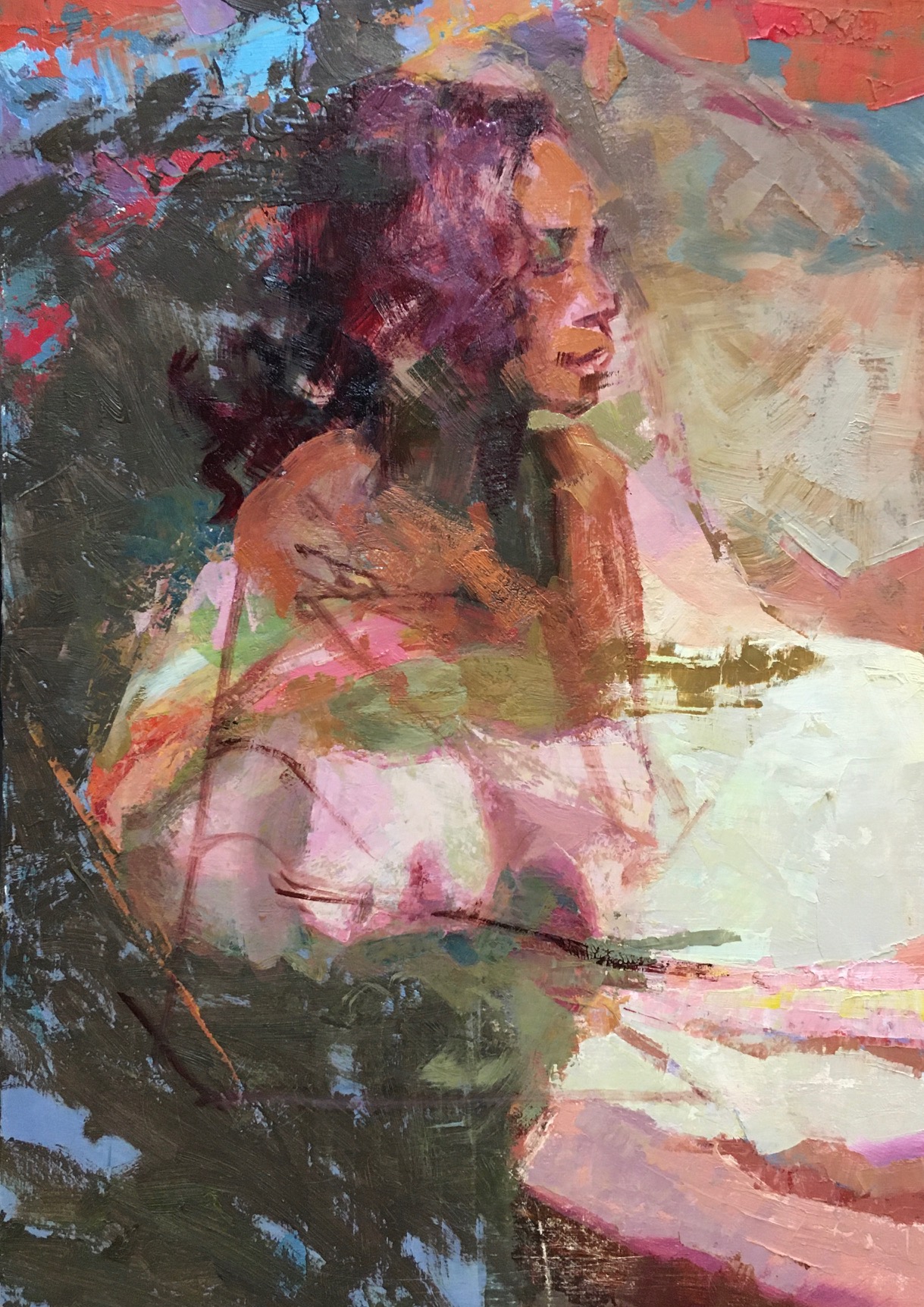
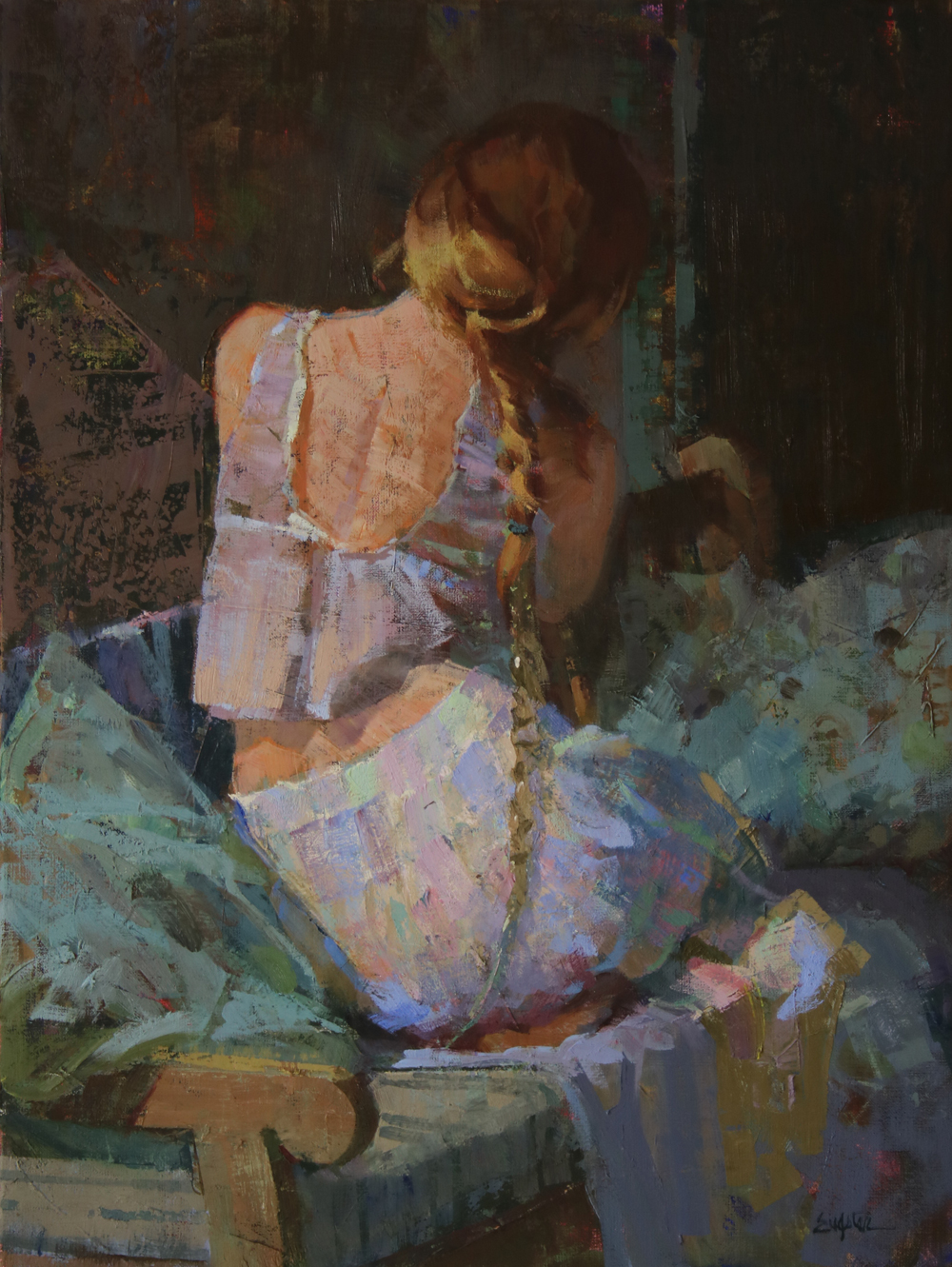

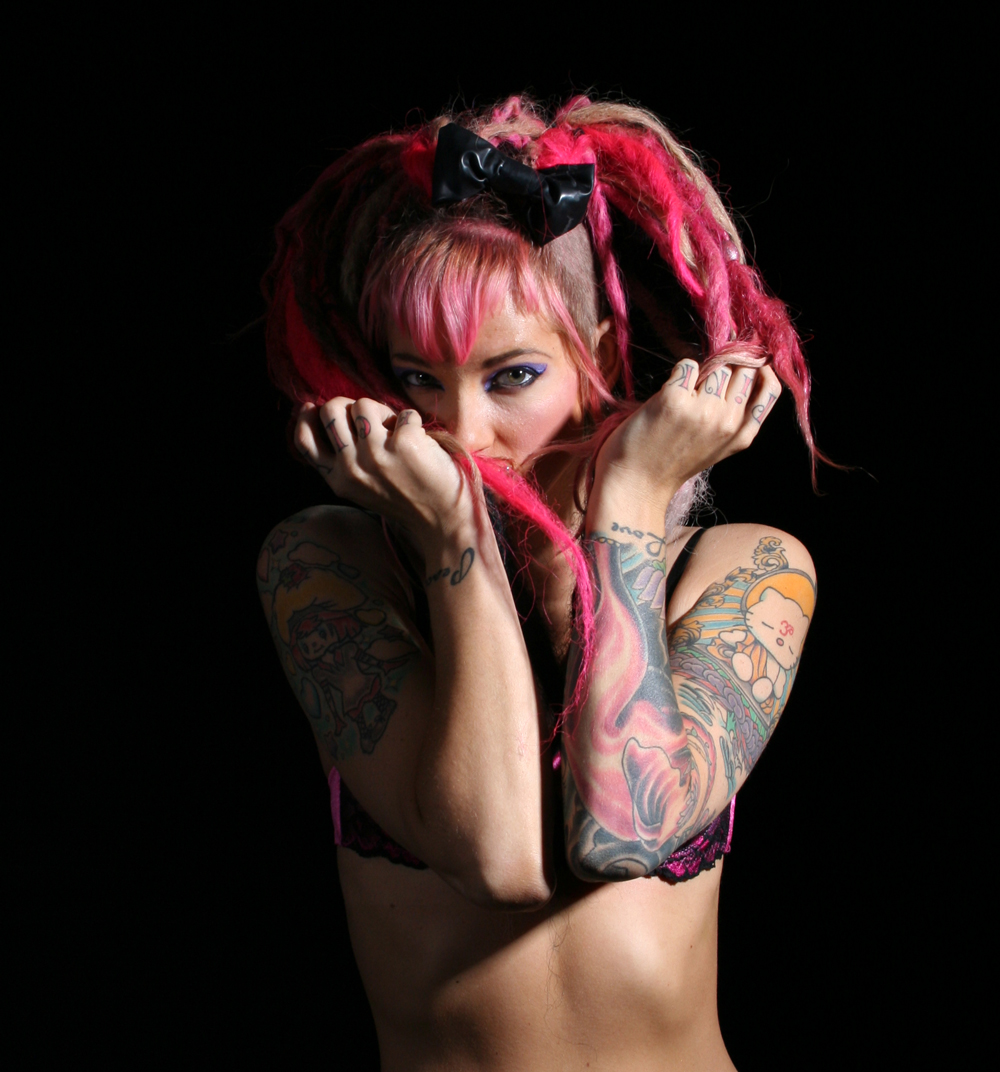
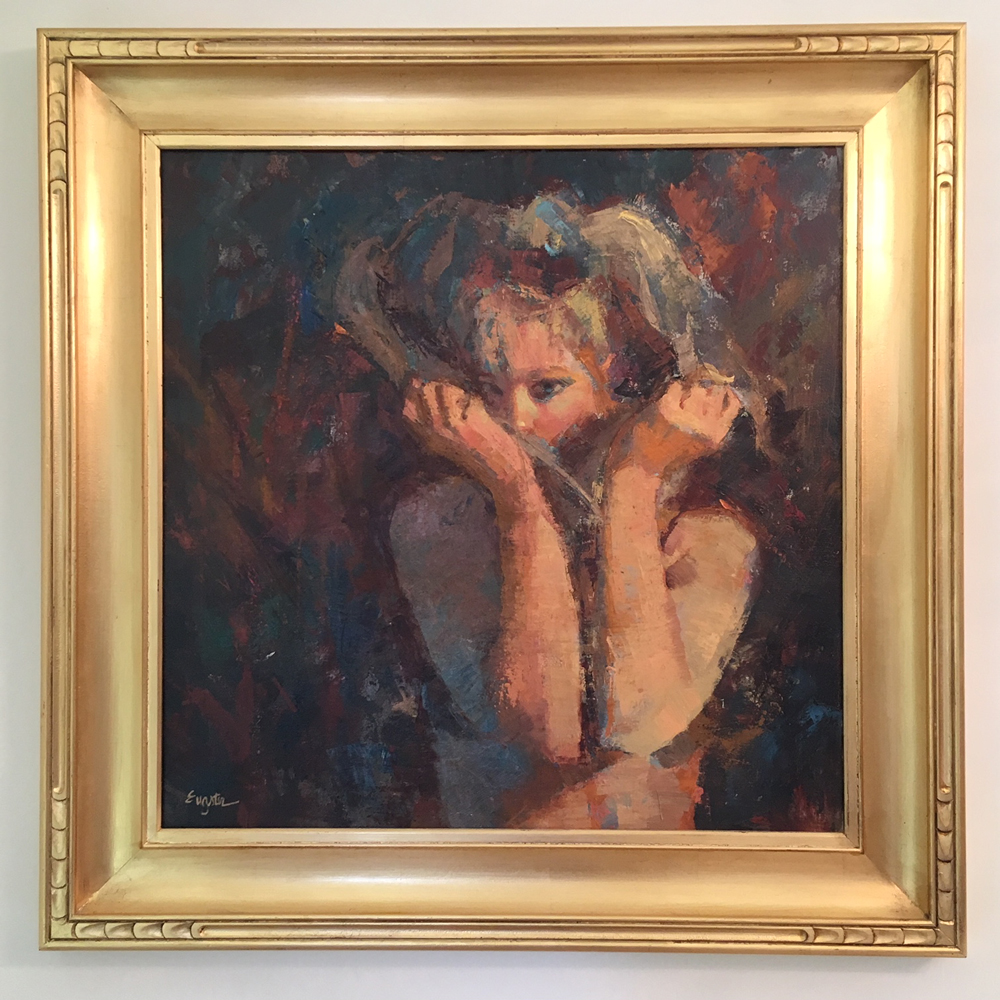
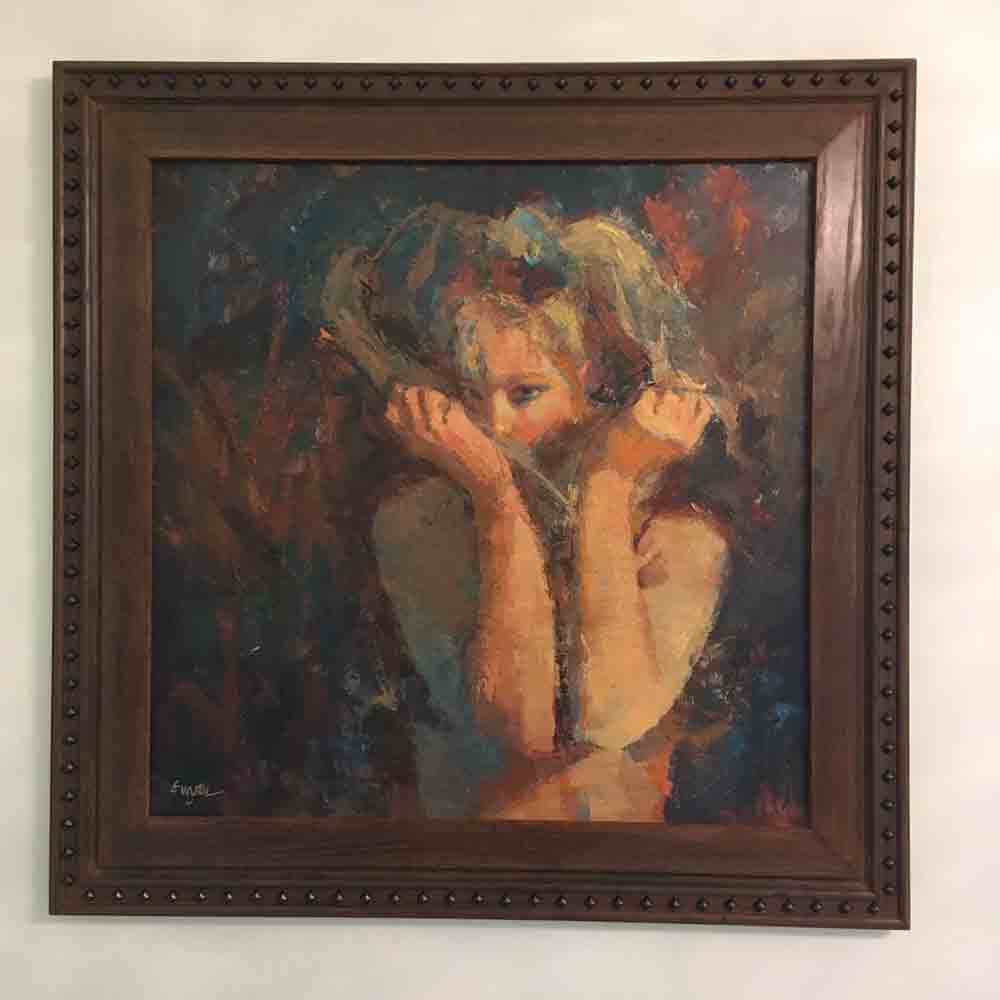

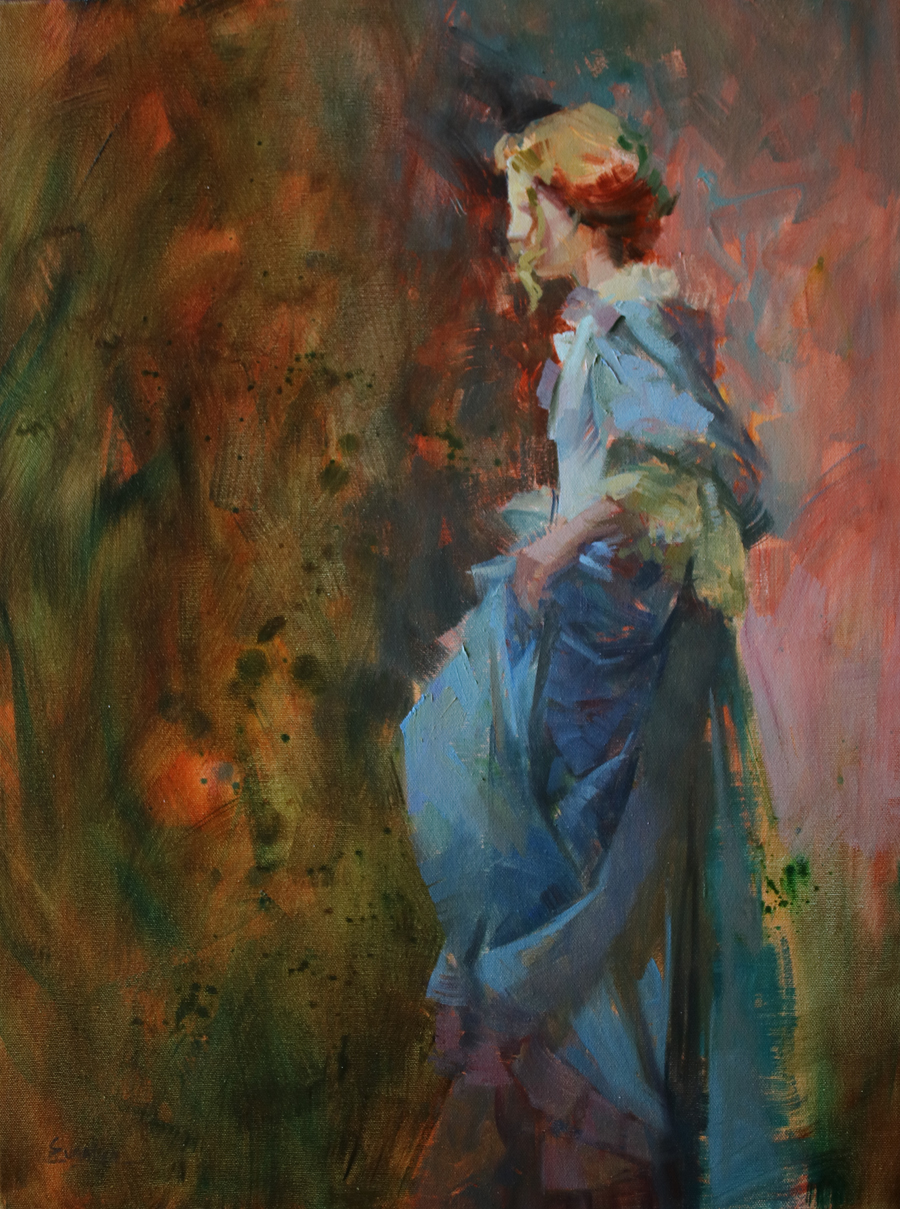
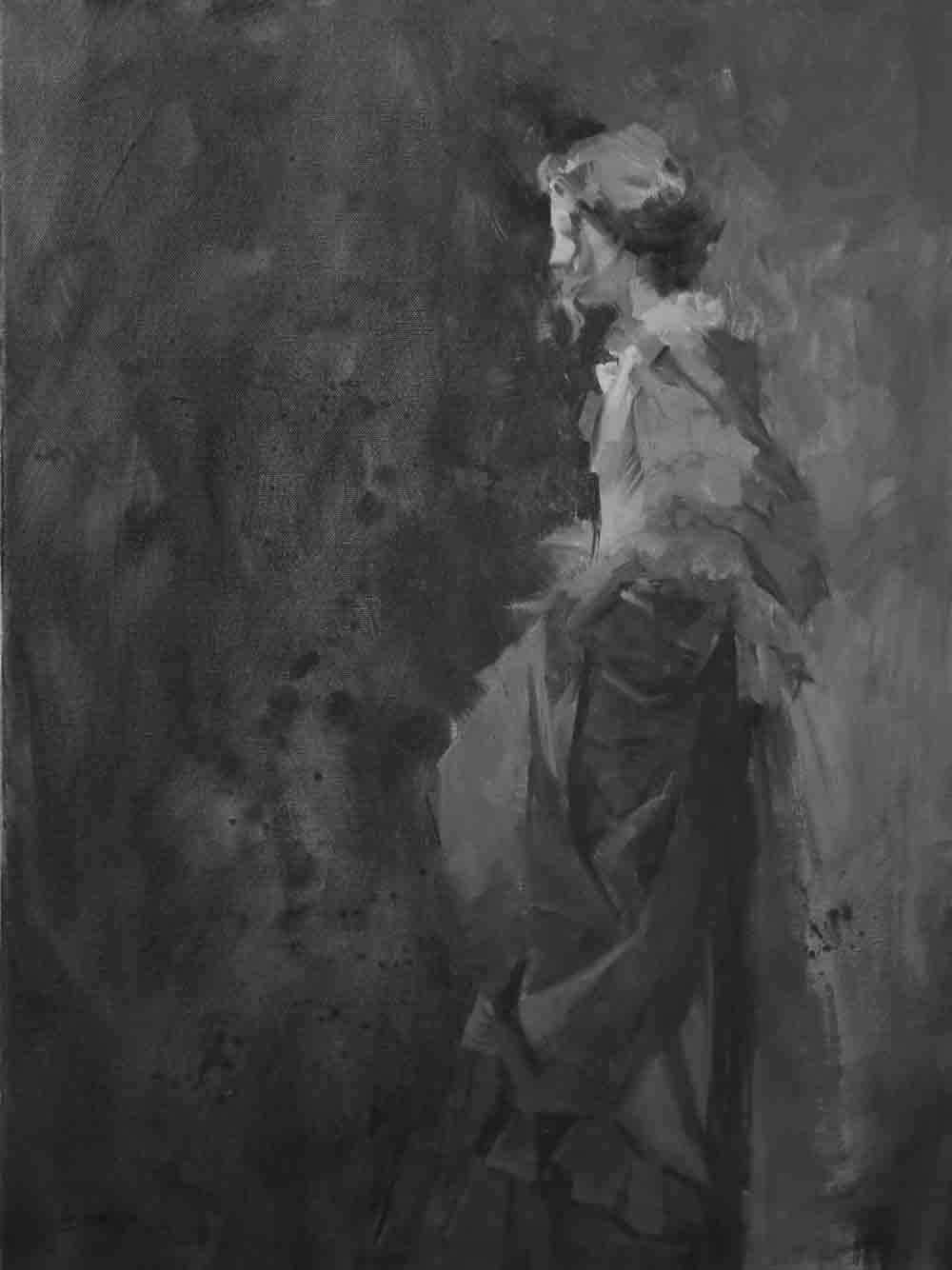
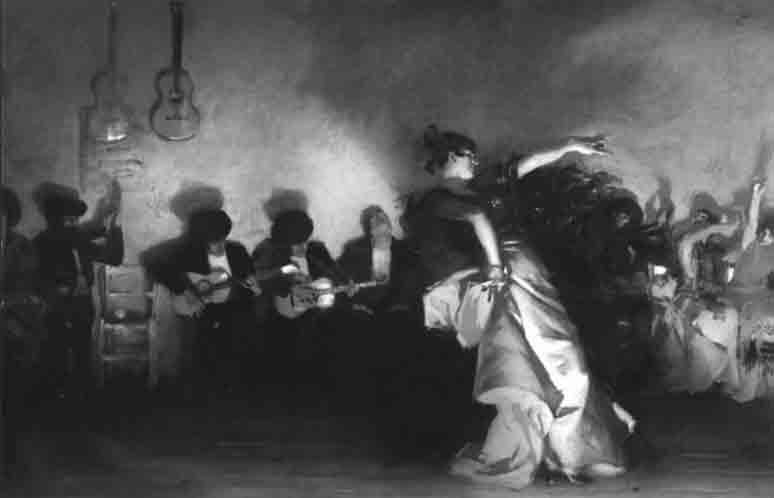
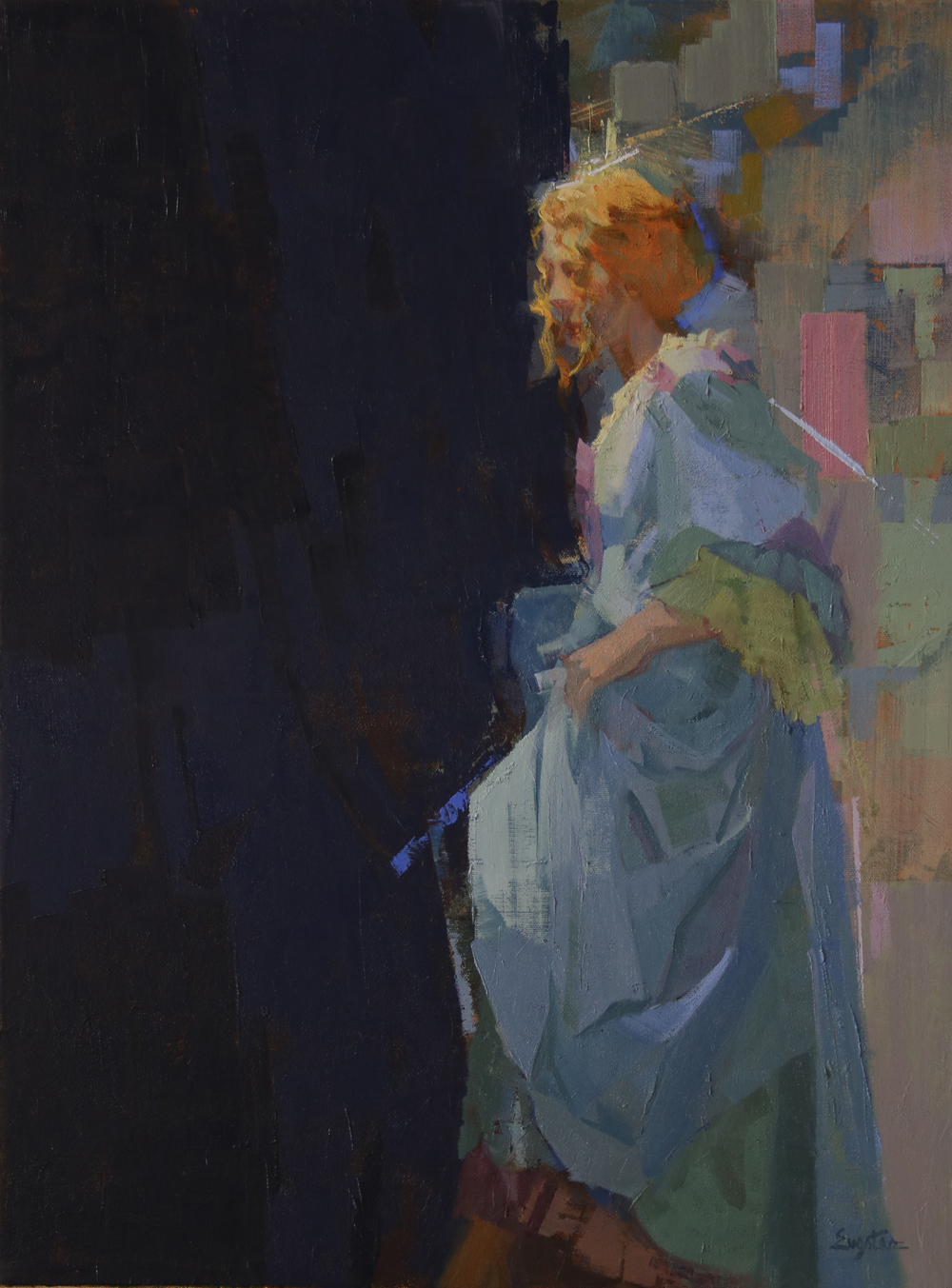
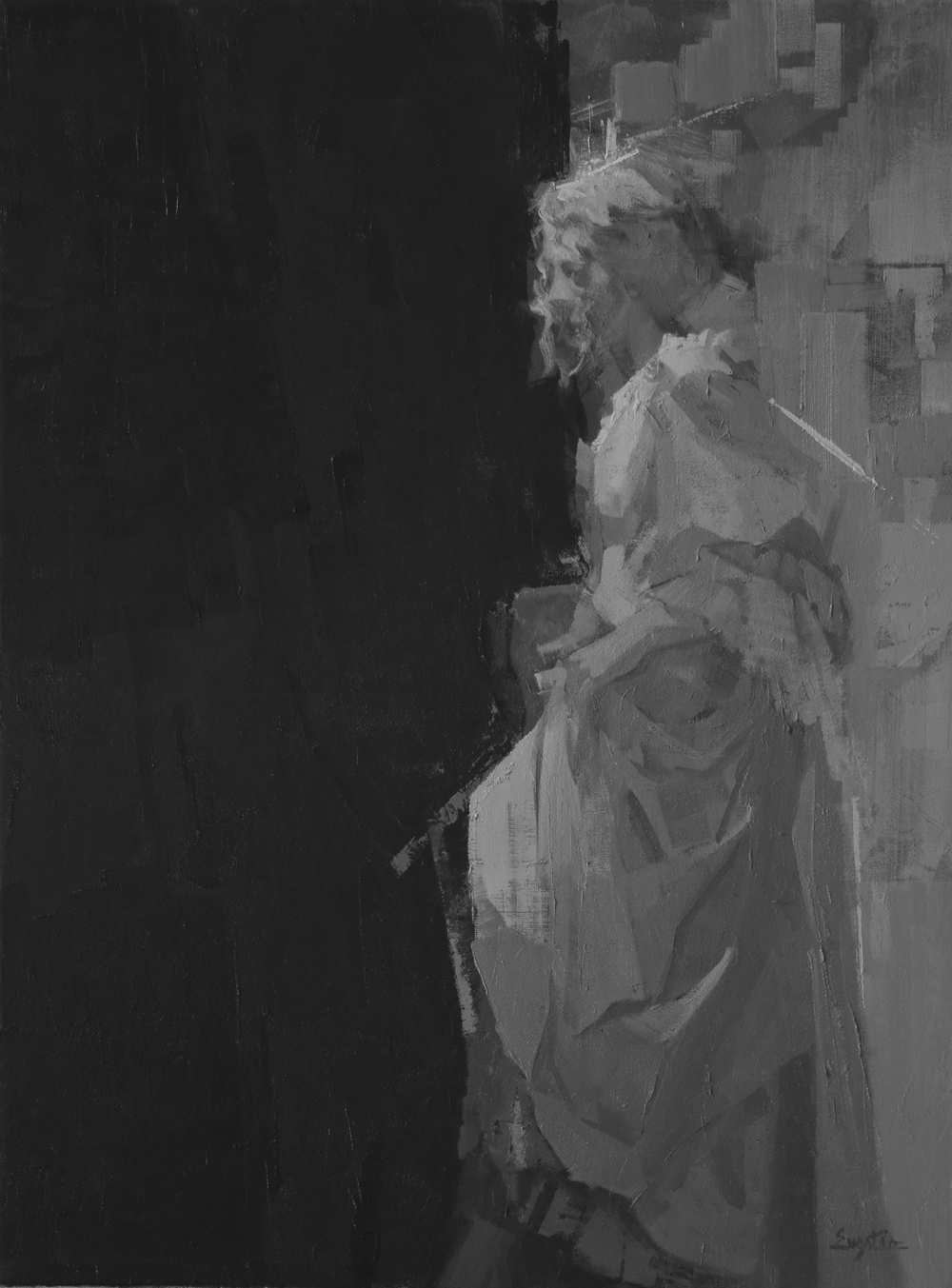

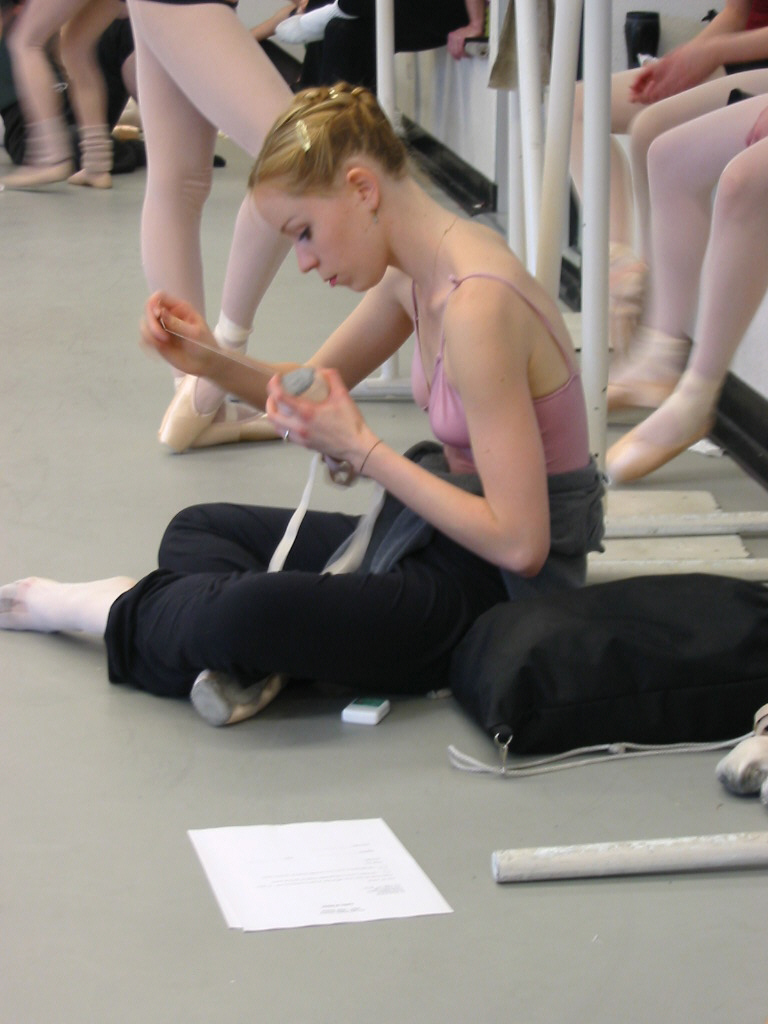 This is a image I’ve had for at least seven years, in fact it was painted once before.
This is a image I’ve had for at least seven years, in fact it was painted once before.
